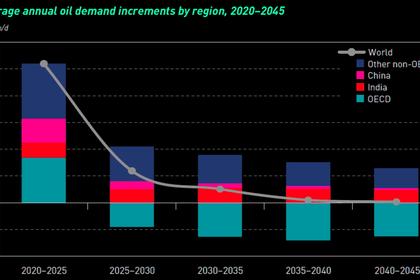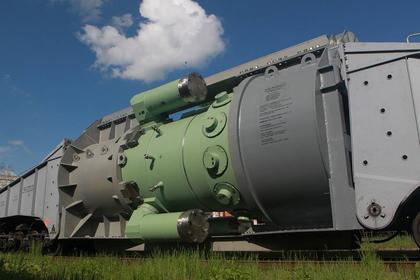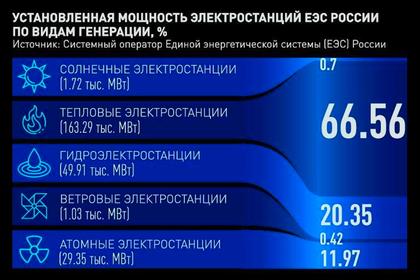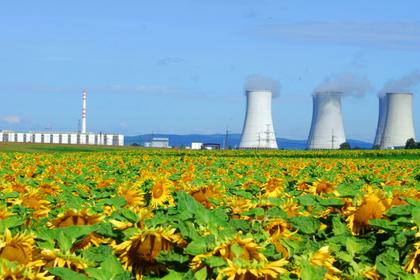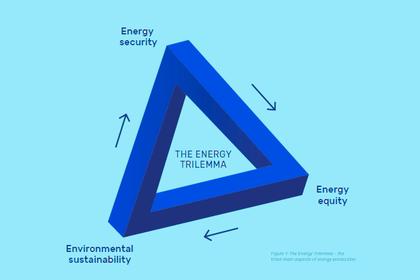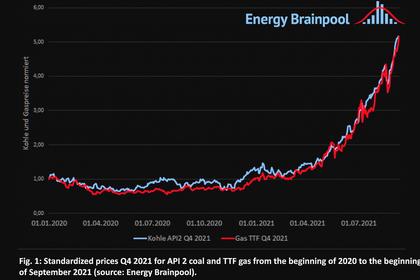
NUCLEAR CAN REPLACE COAL
IAEA - OCT 4, 2021 - For centuries, coal has been key to the industrial revolution around the world. While coal played a major role in the development of the modern world, it is also the primary reason behind climate change: according to 2019 data from the International Energy Agency (IEA), coal burning is responsible for more than 40 per cent of global carbon emissions and more than 75 per cent of emissions from electricity generation. To meet the goals of the Paris Agreement and limit global warming to no more than 1.5°C compared to pre-industrialized levels, the phase out of coal is critical.
What is the clean energy transition?
The clean energy transition means shifting energy production away from sources that release a lot of greenhouse gases to those that release little to no greenhouse gases. The challenge of the clean energy transition is twofold – to eliminate the entrenched use of unabated fossil fuels, while scaling up low-carbon sources such as renewables, like hydro, solar and wind, as well as nuclear. Coal remains the largest source of electricity generation globally and a major source of energy for industry, including steel manufacturing and heating.
Places like the Canadian province of Ontario, which has been coal-free since 2014 thanks to an energy mix mainly comprised of nuclear energy and hydropower, is an example of what can be accomplished.
Coal and nuclear power plants both operate to produce heat to create steam that drives electricity-generating turbines. While coal provides more than a third of global electricity generation, nuclear power is equipped to fill the void resulting from coal plant closures and can provide round-the-clock baseload power in all weather conditions to complement wind and solar, whose electricity generation at any given time depends on the weather. Baseload power refers to the minimum amount of electric power needed to supply the electrical grid at any given time.
In 2003, the Ontario provincial government committed to phase out all of its nearly 9000 MW of coal capacity, or 25 per cent of their electricity generation at the time, over the following 12 years. Ontario refurbished and restarted two units at Pickering Nuclear Generating Station for 1030 MW and four units at Bruce Nuclear Generating Station for 3000 MW; 5500 MW each of non-hydro renewables and natural gas capacity were also added to Ontario's supply mix.
More than 90 per cent of the electricity production of this province of 14.5 million people is now free of carbon emissions, and its energy mix ensures the stability of its electricity grid and security of supply with both baseload and intermittent energy sources. Nuclear power plants are particularly well suited to support variable renewables such as solar and wind due to their ability to operate flexibly, adjusting output according to demand and the availability of energy from other grid sources.
Nuclear power and residential applications
Beyond energy generation and industrial applications, coal is also used to heat homes and businesses that use coal-fired boilers. Nuclear power can play a major role here, too, as it can provide heating, process heat, desalination and hydrogen production beyond electricity production. The Haiyang Nuclear Power Plant in China, for example, is expected to provide heat to the entire city of Haiyang, a coastal city in Shandong province that has a population of about 670 000, by the end of 2021, and the Beznau Nuclear Power Plant in Switzerland has supplied district heating for decades to residents in the region.
As the world moves on from coal, communities that previously relied on coal for their economic prosperity must be considered. In Canada, the Canada Coal Transition Initiative has funded a transition centre and a heavy equipment operator training programme, among other efforts to ensure that coal workers are not left behind. The clean energy transition also provides an opportunity for job creation in a range of disciplines, particularly 9 million jobs in energy supply by 2030, according to the IEA.
What is the role of the IAEA?
- The IAEA fosters sustainable nuclear energy development. The IAEA produces scientific and technical publications, facilitates technical cooperation projects and coordinates research projects.
- The IAEA establishes and promotes international standards and guidance for the safe and secure use of nuclear energy to protect people and the environment.
- The IAEA assists countries in planning their energy strategies, including whether to include nuclear energy. The IAEA provides objective information on the economic and environmental aspects of sustainable energy with analyses and comparative assessments designed to explore the benefits and disadvantages of different energy technologies according to a country’s specific geographical and socioeconomic context.
- The IAEA provides technical and economic assessment of the contribution of nuclear power to climate change mitigation, including the contribution that nuclear investments make towards economic growth and job creation.
- The IAEA supports existing and new nuclear programmes around the world by providing technical support and knowledge management. Through the Milestones Approach, the IAEA provides technical expertise and guidance to countries that want to develop a nuclear power programme as well as to those who are decommissioning theirs.
- The IAEA collaborates with other international organizations, such as the IEA and World Association of Nuclear Operators (WANO), to support activities involving nuclear power and the clean energy transition.
-----
Earlier:

